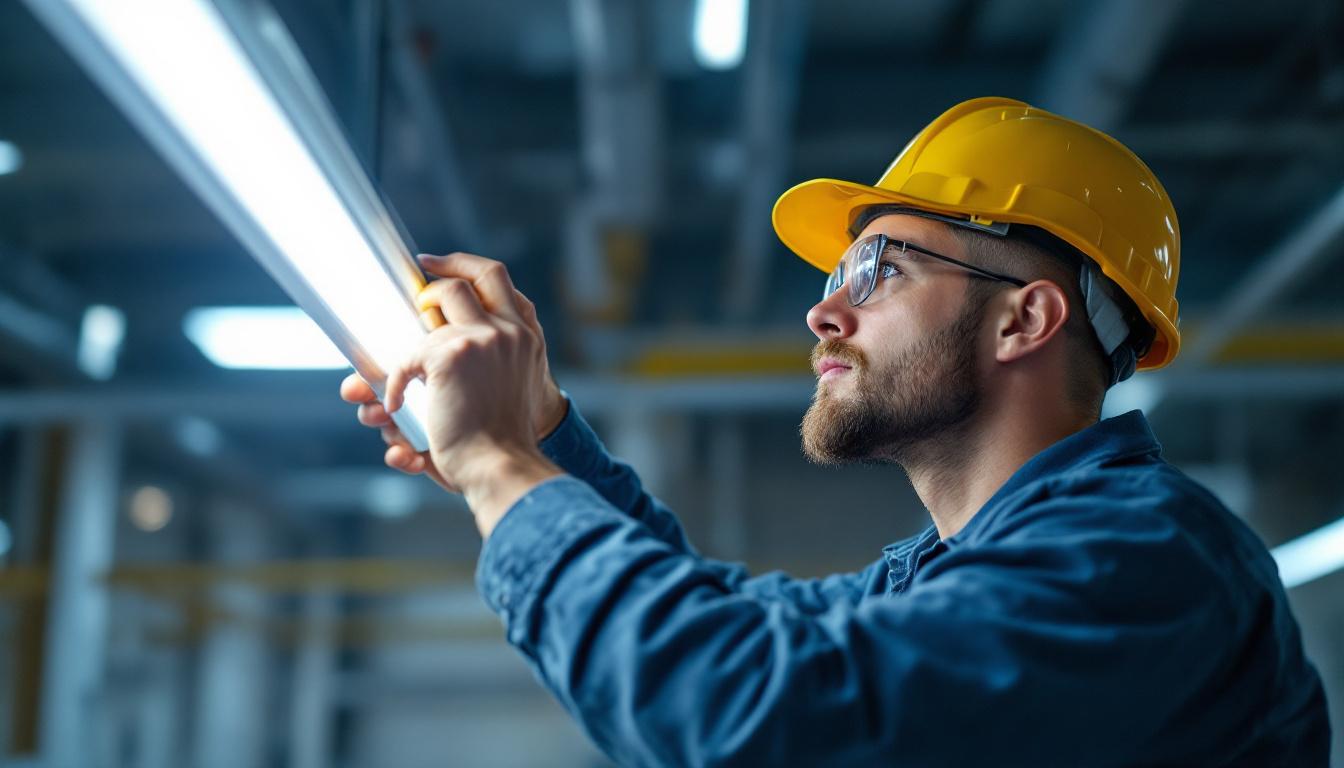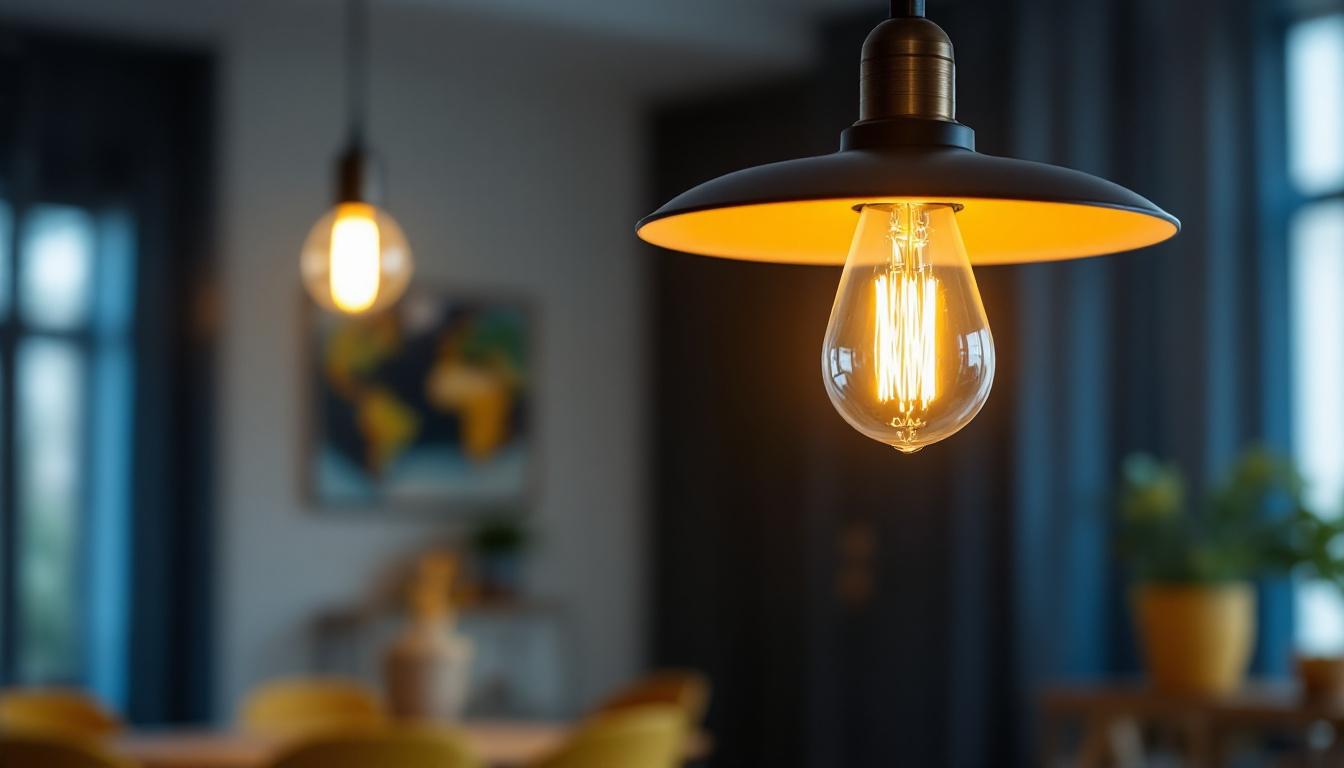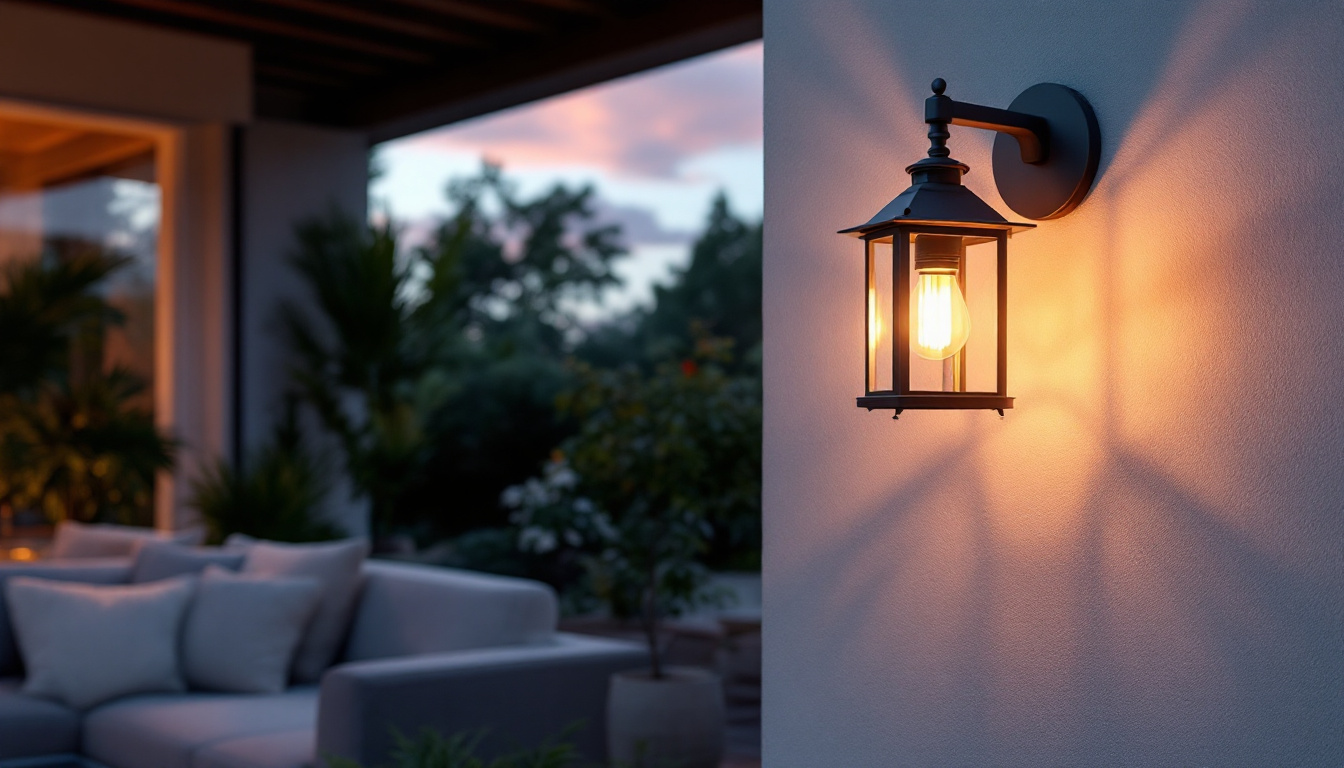
In the ever-evolving world of commercial lighting, the selection of light bulbs plays a critical role in determining the efficiency, aesthetics, and functionality of a space. For lighting contractors, understanding the nuances of various light bulb types, technologies, and applications is essential for delivering optimal solutions to clients. This article aims to provide expert advice on commercial light bulbs, focusing on key factors that contractors should consider when making recommendations and installations.
Commercial light bulbs come in various types, each with its unique characteristics and advantages. Familiarity with these types can significantly enhance a contractor’s ability to meet client needs effectively.
Incandescent bulbs have been a staple in commercial lighting for decades. They produce light by heating a filament until it glows, providing a warm, inviting ambiance. However, their energy efficiency is relatively low compared to newer technologies.
While incandescent bulbs are often favored for their color rendering capabilities, they have a shorter lifespan and higher energy consumption. Contractors should consider using them in applications where warm light is essential, such as in restaurants or retail spaces aiming for a cozy atmosphere. Additionally, the nostalgic appeal of incandescent bulbs can enhance the aesthetic of vintage-themed establishments, making them a popular choice for boutique shops and cafes that wish to evoke a sense of warmth and familiarity.
Fluorescent bulbs are another common choice in commercial settings. They work by passing electricity through a gas-filled tube, which produces ultraviolet light that excites a phosphor coating inside the bulb, emitting visible light. These bulbs are more energy-efficient than incandescent options and have a longer lifespan.
Fluorescent bulbs are available in various sizes and color temperatures, making them versatile for different applications. However, they can sometimes flicker and may not provide the same quality of light as incandescent bulbs. Contractors should weigh the pros and cons when recommending fluorescent lighting, particularly in environments where consistent lighting quality is crucial. Moreover, fluorescent bulbs can be an economical choice for large spaces, such as warehouses and manufacturing facilities, where the cost of lighting can significantly impact operational budgets. Their ability to illuminate expansive areas with minimal energy use makes them a practical solution for businesses looking to reduce overhead costs.
LED (Light Emitting Diode) bulbs have revolutionized the lighting industry with their superior energy efficiency and long lifespan. They convert electricity directly into light, resulting in significantly lower energy consumption compared to both incandescent and fluorescent options.
LEDs are available in a wide range of color temperatures and designs, making them suitable for various commercial applications, from office spaces to warehouses. They also offer dimming capabilities and can be integrated into smart lighting systems, providing additional flexibility for contractors. Given their numerous advantages, LEDs are often the recommended choice for modern commercial lighting projects. Furthermore, the durability of LED bulbs means they are less prone to breakage, making them ideal for high-traffic areas such as retail stores and public buildings. Their low heat emission also reduces the risk of overheating, contributing to a safer environment and potentially lowering cooling costs during warmer months. As sustainability becomes increasingly important, the long lifespan and reduced environmental impact of LEDs position them as a forward-thinking choice for contractors aiming to align with eco-friendly practices.
When selecting light bulbs for commercial projects, several factors should be taken into account to ensure the best outcomes for clients.
Energy efficiency is a primary consideration in commercial lighting. Choosing bulbs with higher efficiency ratings can significantly reduce energy costs for businesses over time. LED bulbs typically lead the market in this regard, offering substantial savings compared to traditional incandescent and fluorescent options.
Contractors should also be aware of local energy regulations and incentives that promote energy-efficient lighting solutions. By staying informed, contractors can provide clients with options that not only save money but also align with sustainability goals. Furthermore, integrating smart lighting systems can enhance energy efficiency even further. These systems allow for automated controls, such as dimming and scheduling, which can adapt to the natural light available throughout the day, thereby optimizing energy use and contributing to a greener environment.
Color temperature, measured in Kelvin (K), affects the ambiance of a space and can influence the mood of occupants. Warmer temperatures (2700K-3000K) create a cozy atmosphere, while cooler temperatures (4000K-5000K) promote alertness and productivity.
Color rendering index (CRI) is another crucial factor. A higher CRI indicates that colors appear more vibrant and true to life under the light source. For applications like retail, where product presentation is vital, selecting bulbs with a high CRI can enhance the overall shopping experience. Additionally, understanding the specific needs of the space can guide the selection process; for example, in art galleries or photography studios, the importance of accurate color representation cannot be overstated, making high-CRI bulbs essential for such environments.
The lifespan of light bulbs is a critical consideration for commercial applications. Longer-lasting bulbs reduce the frequency of replacements, minimizing maintenance costs and downtime. LEDs typically boast the longest lifespan, often exceeding 25,000 hours, compared to around 1,000 hours for incandescent bulbs and 10,000 hours for fluorescents.
Contractors should factor in the total cost of ownership, which includes initial purchase price, energy costs, and maintenance expenses. By recommending longer-lasting options, contractors can provide clients with solutions that are not only cost-effective but also convenient. Moreover, considering the environmental impact of frequent bulb replacements is increasingly important; fewer replacements mean less waste in landfills and a smaller carbon footprint associated with manufacturing and transporting new bulbs. This holistic approach to lighting not only benefits the client financially but also supports broader environmental sustainability efforts.
Different commercial environments have unique lighting needs. Understanding these specific requirements can help contractors tailor their recommendations effectively.
In retail environments, lighting plays a crucial role in attracting customers and showcasing products. Bright, well-distributed lighting can enhance the shopping experience and drive sales. LED track lighting and accent lights are often used to highlight specific merchandise, while ambient lighting creates an inviting atmosphere.
Contractors should consider the color temperature and CRI when selecting bulbs for retail spaces. A cooler color temperature with a high CRI can make products appear more appealing, ultimately influencing purchasing decisions.
Lighting in office settings should promote productivity and comfort. A combination of ambient, task, and accent lighting can create a balanced environment. LED panel lights and recessed lighting are popular choices for general illumination, while desk lamps with adjustable brightness can cater to individual needs.
Color temperature is also vital in office lighting. A cooler color temperature can help improve focus and energy levels, making it an excellent choice for workspaces. Contractors should also consider the placement of lighting fixtures to minimize glare and ensure even distribution of light.
In industrial and warehouse environments, lighting must be functional and efficient. High bay LED lights are commonly used in these spaces due to their ability to illuminate large areas effectively. These fixtures provide bright, even light while consuming less energy than traditional options.
Contractors should also consider the durability of lighting fixtures in industrial settings. Many LED options come with robust housing that can withstand harsh conditions, making them suitable for environments with dust, moisture, or extreme temperatures.
The commercial lighting industry is continuously evolving, driven by advancements in technology and changing consumer preferences. Staying informed about emerging trends can help contractors provide cutting-edge solutions to their clients.
Smart lighting systems are gaining popularity in commercial applications, offering enhanced control and flexibility. These systems allow users to adjust brightness, color temperature, and even scheduling through mobile apps or centralized control panels.
Contractors should explore the benefits of integrating smart lighting into their projects. Not only can these systems improve energy efficiency, but they can also enhance user experience by allowing for tailored lighting settings based on specific activities or times of day.
Human-centric lighting focuses on aligning artificial lighting with natural circadian rhythms to promote well-being and productivity. This approach involves varying color temperatures and intensities throughout the day, mimicking natural sunlight.
Contractors can incorporate human-centric lighting principles into their designs, especially in office and educational environments. By doing so, they can create spaces that enhance comfort and performance, ultimately benefiting both occupants and businesses.
As sustainability becomes a priority for many businesses, eco-friendly lighting solutions are in high demand. Contractors should consider recommending products that are energy-efficient, made from recyclable materials, and free from hazardous substances.
Additionally, understanding local regulations and incentives related to sustainability can help contractors guide clients toward compliant and environmentally responsible lighting choices. This not only benefits the planet but can also enhance a company’s reputation and appeal to eco-conscious consumers.
For lighting contractors, a comprehensive understanding of commercial light bulbs is essential for delivering effective solutions that meet client needs. By considering factors such as energy efficiency, color temperature, lifespan, and application-specific requirements, contractors can make informed recommendations that enhance the functionality and aesthetics of commercial spaces.
As the industry continues to evolve, staying abreast of emerging trends such as smart lighting, human-centric designs, and sustainability will further empower contractors to excel in their field. By embracing these advancements, lighting contractors can not only provide superior service but also contribute to creating brighter, more efficient, and more sustainable commercial environments.
Ready to elevate your lighting projects with the best in the business? Look no further than LumenWholesale for a vast array of top-quality, spec-grade lighting products at unbeatable wholesale prices. Say goodbye to local distributor markups and hello to superior lighting solutions that meet the highest industry standards. With LumenWholesale, bulk buying is a breeze, thanks to free shipping and transparent pricing. Don’t settle for less—ensure your commercial environments shine with reliability and high performance. Wholesale Lighting at the Best Value is just a click away. Make the smart choice for your lighting needs today!

Discover the essentials of T5 lighting in this insightful guide tailored for lighting contractors.

Discover how the LED MR16 bulb is revolutionizing the lighting industry, offering contractors unparalleled efficiency, cost savings, and versatility.

Explore the transformative journey of brackets for light fixtures in the lighting industry.

Discover why wall lantern sconces are essential for elevating your lighting projects.